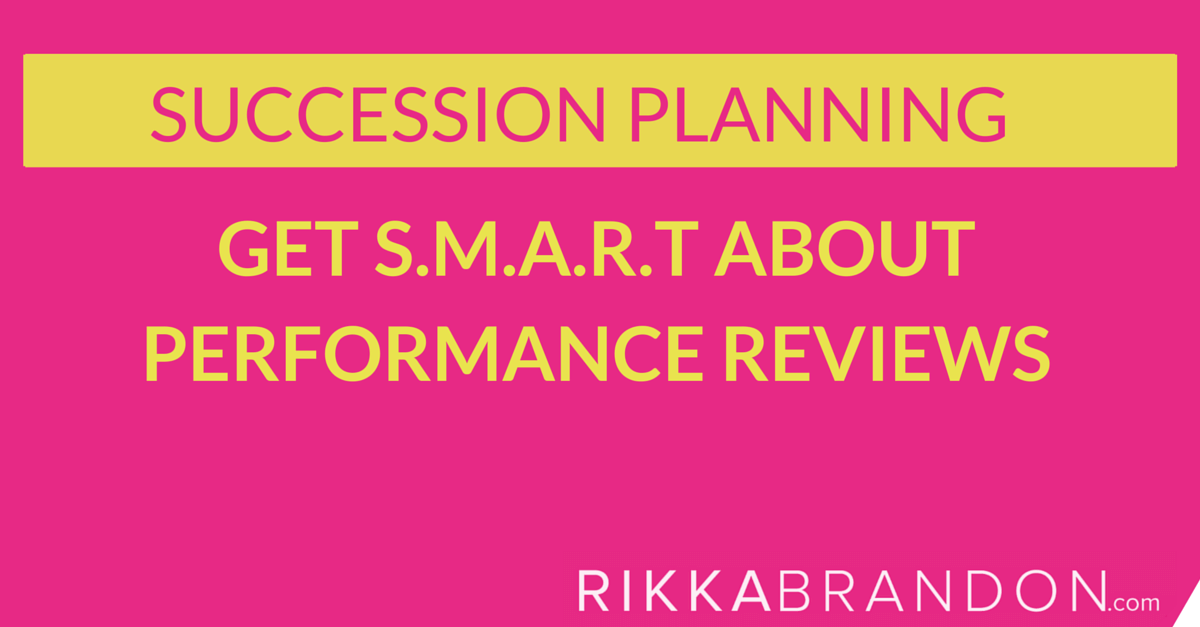This is a guest post by Tamara Anderson.
My mom was famous for her bread recipe. It was handed down from my great-grandmother who taught my grandma and my mom. Every holiday, special occasion, family get together and random Tuesday was filled with the wonders this amazing concoction could create. Buns, caramel rolls (a personal favorite), cinnamon rolls, and Christmas bread were all treasures to be shared.
I got my first lesson making the recipe in my mom’s kitchen. She was very patient, walking me through step by step. She knew the recipe so well, she could just name the ingredients and measurements to be added. If the dough didn’t look quite right, she knew exactly what it needed and when it needed to be kneaded. The end product was consistent and amazing, even on my first attempt. It took a lot of support, coaching, and feedback.
When you make bread, you don’t just mix it up and forget it until you bake it. There are certain milestones you’re trying to reach along the way. You need the yeast to bloom. You need the dough to raise. And raise again. You need to precisely cut and shape the rolls to get a quality final product.
Performance Reviews are the same. You determine what milestones you’ll measure. You create action steps to help you get there and make sure the person has the necessary skills, knowledge, and abilities to do the job. And finally, you ensure that the person’s role and their development plan is aligned with the organization’s succession plan.
S.M.A.R.T. Performance Reviews
Succession Planning is a management process that provides a pipeline of qualified candidates to fill leadership positions in each area of your business. Performance Reviews are an important way to regularly evaluate employees in their current role to identify strengths and opportunities for improvement. The key is regularly.
Performance Reviews that support succession plans are no longer once a year events.
For Performance Reviews to be effective and support your succession planning efforts, they need to be S.M.A.R.T.
Systematic
Your employees should always know how they’re doing compared to their development plan and how they can improve. A Performance Review should bring no surprises or new information. Evaluating an employee’s performance should include real-time evaluation, observation, and feedback.
Measure
A key element of Performance Review is identifying performance standards. These are tangible, measurable conditions that must exist when the job is well done. These standards are focused on results, not activities. During the Performance Review, it can be shown that each standard either was or was not, accomplished. This makes it objective instead of subjective and removes fear around the Performance Review process.
Analyze
Performance Standards create a framework of accountability for results. Holding others accountable for their performance standards and goals provides opportunities for growth, learning, and ongoing motivation. Analyze the performance standards set so you can celebrate successes and identify gaps and opportunities for improvement.
Review
Regularly review the progress being made towards the performance standards identified. Let the person review all the data before the meeting. Start with the positive and be a good coach. It’s important to remember to put a spotlight on success as well as discuss opportunities for improvement. And keep in mind that feedback is the considerate art of affirmation or redirection, with evidence, of another person’s behavior through discussion. Revise performance documents and set new performance standards as necessary.
Thank
Finally, always end the Performance Review with reassurance and a big reputation to live up to. When people feel valued, they will become more confident, enthusiastic and empowered to achieve results.
When you get S.M.A.R.T. about Performance reviews, you will create a greater sense of alignment around your organization’s succession planning goals.
To learn more about these strategies and more, click here for a FREE white paper on Talent Management.
Check us out next month for the next article in our Succession Planning series, Ideas to Identify Your High Potentials.
Be the inspiration you want to see in others and thank you for sharing on social media!
Guest Author

Tamara Anderson is a Co-Owner and Team Performance Strategist at Dale Carnegie of ND who aligns business strategies and people practices to drive
results. She has a passion for performance, works to exceed the WOW factor, powers up organizational culture, loves her clients, and expects businessresults. In a nutshell, she is the fork in the road where culture and strategy meet.


Recent Comments